You can do that easily with terra, avoiding conversions and potential errors. See https://gis.stackexchange.com/questions/421821/how-to-subset-a-spatraster-by-value-in-r where this is further explained by the terra developer.
An example with a mock file:
library(terra)
#> terra 1.7.23
# Mock data
f <- system.file("extdata/asia.tif", package = "tidyterra")
xx <- rast(f)
# End of Mock data
# xx <- rast("MyRaster.asc")
xx
#> class : SpatRaster
#> dimensions : 232, 432, 1 (nrow, ncol, nlyr)
#> resolution : 22550.66, 22512.94 (x, y)
#> extent : 7619120, 17361007, -1304745, 3918256 (xmin, xmax, ymin, ymax)
#> coord. ref. : WGS 84 / Pseudo-Mercator (EPSG:3857)
#> source : asia.tif
#> name : file44bc291153f2
#> min value : -10071.50
#> max value : 6064.73
ncell(xx)
#> [1] 100224
plot(xx)

# Clamp it
# Water
xx_water <- clamp(xx, upper = 1, value = FALSE)
xx_water
#> class : SpatRaster
#> dimensions : 232, 432, 1 (nrow, ncol, nlyr)
#> resolution : 22550.66, 22512.94 (x, y)
#> extent : 7619120, 17361007, -1304745, 3918256 (xmin, xmax, ymin, ymax)
#> coord. ref. : WGS 84 / Pseudo-Mercator (EPSG:3857)
#> source(s) : memory
#> name : file44bc291153f2
#> min value : -1.007150e+04
#> max value : 9.916311e-01
plot(xx_water, col = hcl.colors(10, "Blues2"))

# Land
xx_land <- clamp(xx, lower = 1, value = FALSE)
xx_land
#> class : SpatRaster
#> dimensions : 232, 432, 1 (nrow, ncol, nlyr)
#> resolution : 22550.66, 22512.94 (x, y)
#> extent : 7619120, 17361007, -1304745, 3918256 (xmin, xmax, ymin, ymax)
#> coord. ref. : WGS 84 / Pseudo-Mercator (EPSG:3857)
#> source(s) : memory
#> name : file44bc291153f2
#> min value : 1.009122
#> max value : 6064.730469
plot(xx_land, col = hcl.colors(10, "BuGn"))

Created on 2023-04-21 with reprex v2.0.2
I tried with your file (~1.3Gb) and the process can take a bit of time, but the code above should still work. See the result for water only:
library(terra)
#> terra 1.7.23
xx <- rast("del/sfbaydeltadem10m2016.asc")
xx
# class : SpatRaster
# dimensions : 15795, 13588, 1 (nrow, ncol, nlyr)
# resolution : 10, 10 (x, y)
# extent : 520545, 656425, 4136705, 4294655 (xmin, xmax, ymin, ymax)
# coord. ref. : +proj=utm +zone=10 +datum=NAD83 +units=m +no_defs
# source : sfbaydeltadem10m2016.asc
# name : sfbaydeltadem10m2016
# min value : -114.8981
# max value : 432.1640
ncell(xx)
#> [1] 214622460
# Clamp it
# Water
xx_water <- clamp(xx, upper = 1, value = FALSE)
plot(xx_water, col = hcl.colors(10, "Blues2"))





